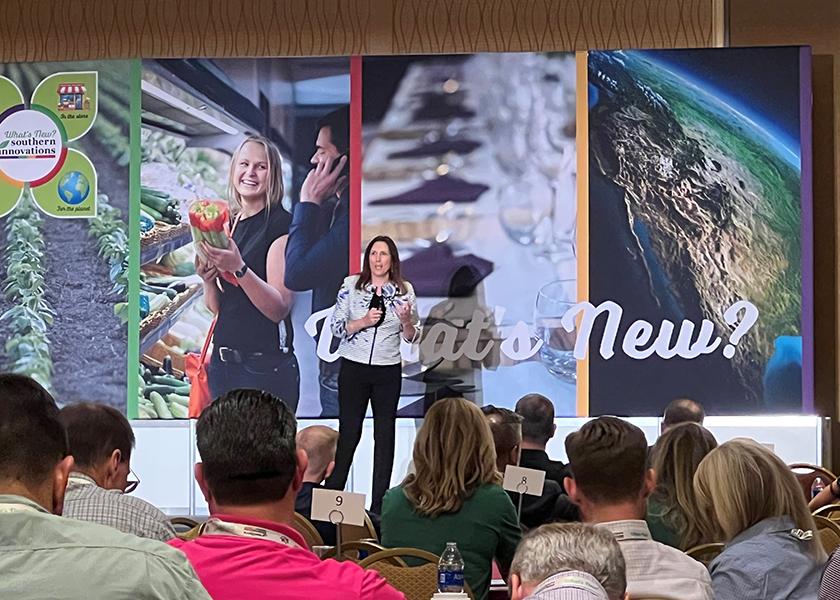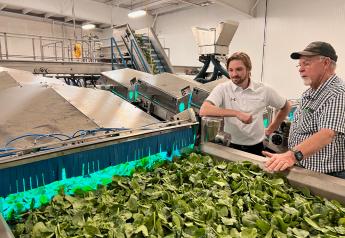SEPC’s Southern Innovations spotlights what’s new in produce industry

Want to know what’s new in the fresh produce industry? Attendees of the Southeast Produce Council’s Sept. 22-24 Southern Innovations trade show and conference at the Gaylord Opryland Resort and Convention Center in Nashville, Tenn., are about to see firsthand.
During the session titled, “What's New from the Consumer View,” Anne-Marie Roerink, principal of 210 Analytics, presented research commissioned by SEPC and conducted by 210 Analytics. Roerink shared insights on consumer thoughts about innovation and technology at the farm, on the menu, in the store and for the planet.
At the farm
Consumers want to learn more about where and how fresh produce is grown and sourced. They are hungry for everything from virtual farm tours to information on packaging and menus, said Roerink, who played a short video of a watermelon farmer sharing what the farm’s seasonal workers earn per hour, their H-2A housing benefits, 401k retirement accounts and more.
In-store farms at retail or containers in the supermarket parking are also providing opportunities for education.
On the menu
Consumers are eating out less, said Roerink. But even with rising inflation, produce-forward meals tend to be less expensive, which is an advantage for the produce industry, she added.
She also noted the opportunity to promote produce in more eating occasions, such as offering fruit as an appetizer, a trend she sees on more restaurant menus.
“Fresh remains a strong priority for consumers,” said Roerink, who also sees menus continuing to put produce front and center.
In-store
The retail produce dollar is as divided as ever, said Roerink. Supercenters like Walmart and Target, as well as club stores like Costco, are all doing well, as inflation-weary shoppers seek out stores that consistently offer value all the time.
With 40-year-high inflation, people are also looking for what’s on sale, said Roerink, who noted that 87% of consumers look for produce promotions.
Retailers are getting creative about how they promote fresh food, too. Roerink shared a Wegmans promotion that broke down the price per serving of a meal, giving its shoppers the sense that they’re getting more for their money.
Produce is bought everywhere, continued Roerink. While the majority is purchased at supermarket/grocery stores, supercenters and club stores, drug and convenience stores have also become purveyors of fresh produce.
Innovation is key as “routine meals are out,” said Roerink. This, too, is an opportunity, as retailers can entice consumers with meal inspiration, shoppable recipes, personalized promotions and more.
Innovation in terms of different-sized packaging, new varieties and produce with functional benefits is also key.
For the planet
“Sustainability still matters,” said Roerink. While 210 Analytics’ research showed that quality has taken a hit in favor of price during rising inflation, sustainability has not.
At-home food waste is an issue to half of Americans, said Roerink. A desire to reduce food waste is also driving interest in technology that extends shelf life.
Sustainability will continue to be a bigger purchase driver, as this is of the greatest importance to younger shoppers, she added.
But while consumers say they would reward brands committed to sustainability, Roerink’s research finds that retailers need to do a better job of communicating their efforts.
When consumers were asked if they had seen grocery stores engaging in sustainability efforts, such as committing to limiting food waste, 35% said, “no, none.” When asked if they saw stores committing to limiting package waste, 33% said, “no, none.” When asked about retailers giving back to the community, 18% of consumers surveyed said they hadn’t seen this from retailers.







